Inside the New Perfumer's Garden at Versailles
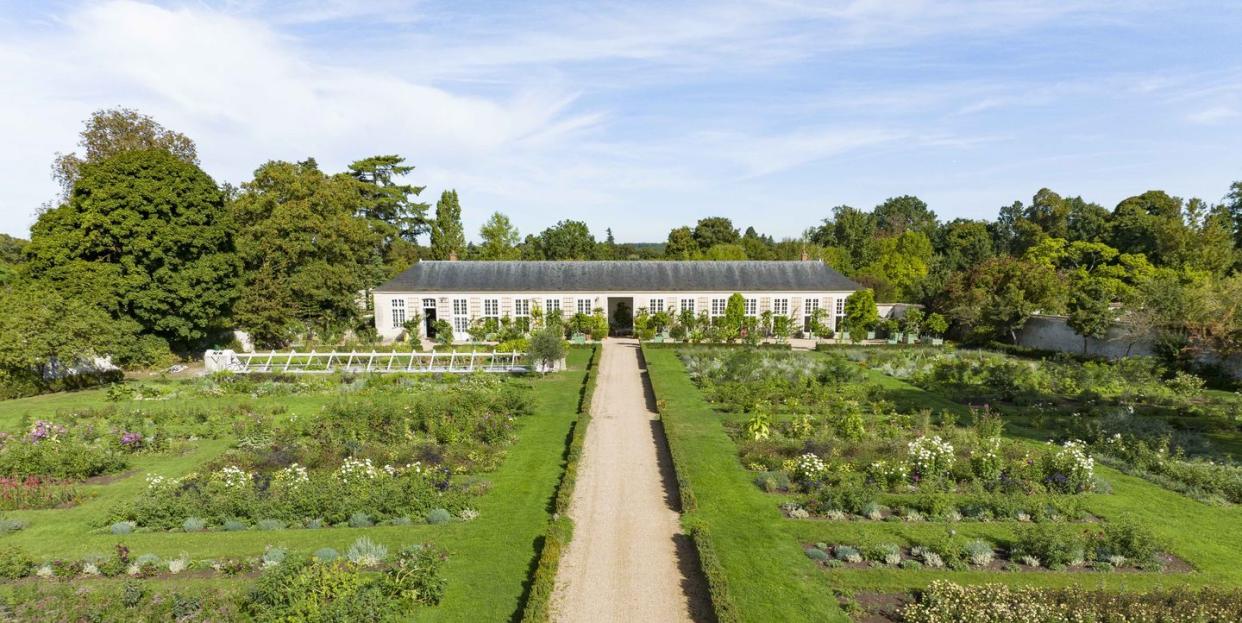
- Oops!Something went wrong.Please try again later.
Your Versailles itinerary has a new stop, and it’s a good-smelling one. A unique Perfumer’s Garden has been unveiled in the heart of the Trianon estate, flush with more than 300 scented plants that showcase the diversity of nature—and the breadth of the perfumer’s palette. A collaboration between Versailles and project patron Maison Francis Kurkdjian, the garden stretches out in front of the picturesque 17th century Chateauneuf Orangery, which is still used as an overwinter refuge for the palace’s citrus trees. Plants—jointly selected by Kurkdjian and the Trianon gardeners—are loosely grouped according to the component that provides an extract for perfume (leaves, flowers, bark, resin, rhizome), and blooms such as tuberose, iris, and rose are paired with many so-called “silent” flowers, such as hyacinth, lily of the valley, and magnolia, which emit heavenly odors but cannot be distilled.
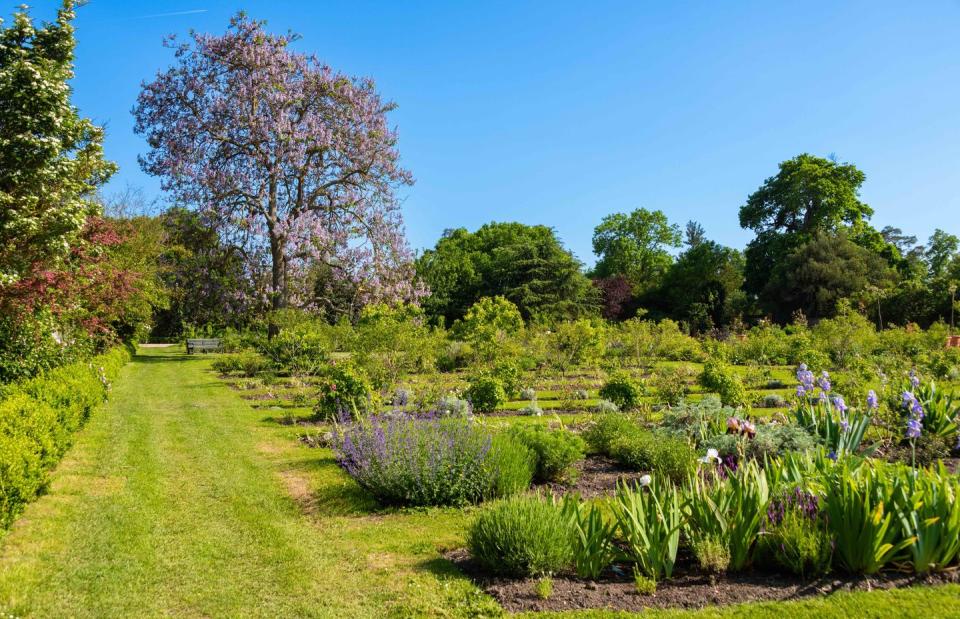
The result is a garden of the senses like no other. Dancing pink dianthus are interspersed with acid-green artemisia; drifts of plump red roses punctuate a froth of Queen Anne’s Lace. The air is radiant with orange blossom; you are invited to crush geranium leaves in your hands, or to flutter your fingers through a purple haze of lavender and inhale the soporific scent. Beyond the main garden, which was planted in an area once used as a nursery for the Grand Trianon, there are more delights: An orchard bursting with cherry and apple trees, a path lined with lilacs, and, through a gated doorway, a secret garden where the most precious botanical specimens are kept.
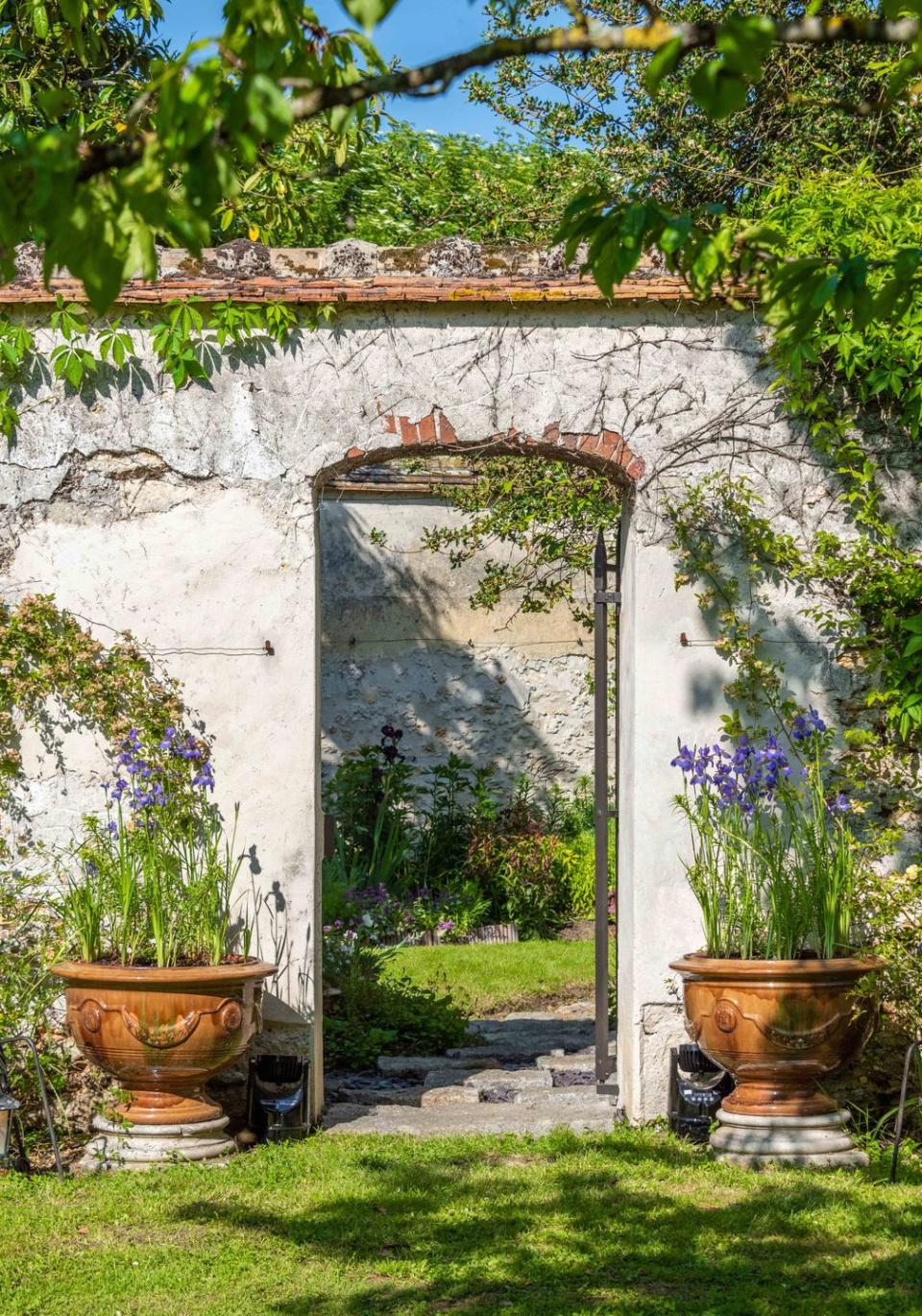
“I joke with my team that I am becoming a per-farmer,” says Francis Kurkdjian of the complex interplay of knowledge that was shared between the Maison and Trianon gardeners. “We learned a lot from each other,” agrees Versailles head gardener Alain Baraton. “Perfumery and gardening are both artistic trades, and we found they have much in common. I hope that this garden will give visitors a chance to discover how rich and plentiful nature can be—and maybe it will even inspire them to become perfumers or gardeners themselves.”
The garden’s significance isn’t merely to spotlight pleasant-smelling plants, however. It is also intended to re-emphasize Versailles’s importance in the history of perfume. Indeed, the French court’s passion for scent galvanized the development of extraction techniques and creative compositions that established France as the cradle of Western perfumery. Louis XIV, who moved to Versailles in 1682, called himself the Sun King but was nicknamed le doux fleurant (the sweet flowery one) due to his predilection for fragrance. He commissioned his royal perfumer to create a new scent for every day of the week, and everything imaginable was spritzed—furniture, tapestries, gowns, wigs, fans, gloves, even horses. Under his successor, cologne enthusiast Louis XV, the fountains gushed with flower-infused water, while Madame de Pompadour, the king’s mistress, had an annual fragrance budget amounting to roughly $60,000. Then, of course, came influencer par excellence Marie Antionette, who sparked a craze for lush floral scents and popularized a revolutionary new practice: bathing. Thanks to her, perfume became appreciated for perfume’s sake—a composition worn not to mask malodor, but simply to enhance life’s loveliness.
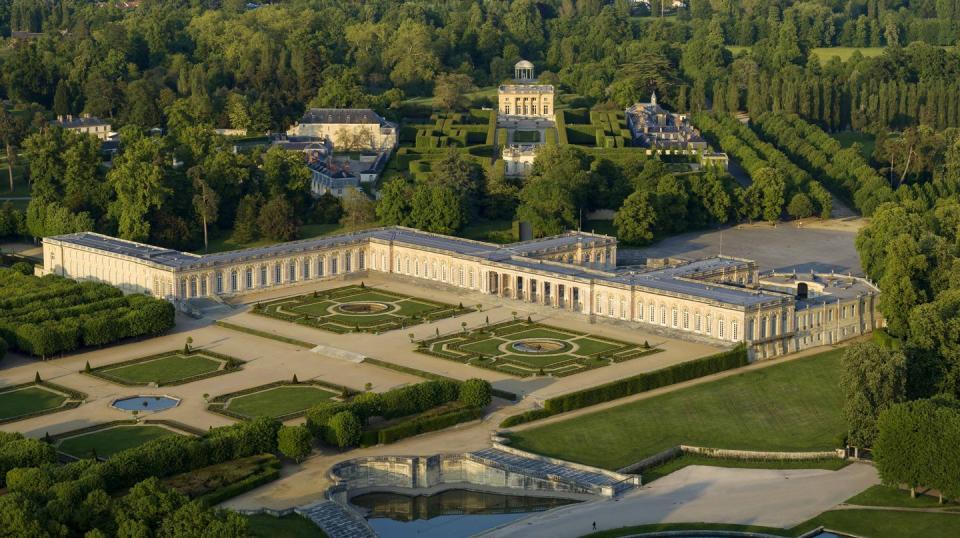
The perfume experience at Versailles in the 17th and 18th centuries extended to the great outdoors: When Louis XIV ordered the construction of the Grand Trianon (intended as refuge for royal trysts), the parterres overflowed with jasmine, tuberose, and hyacinth—flowers that were kept in submerged pots so that they could be swapped out regularly, and emitted scents so heady that they caused ladies to faint. Louis XV expanded the Trianon estate into the largest exotic garden in Europe, with more than 4,000 species imported from around the world, cultivated in heaving hothouses. Flowers, like perfume, meant power: the more a king could display, the kinglier he would be perceived to be.
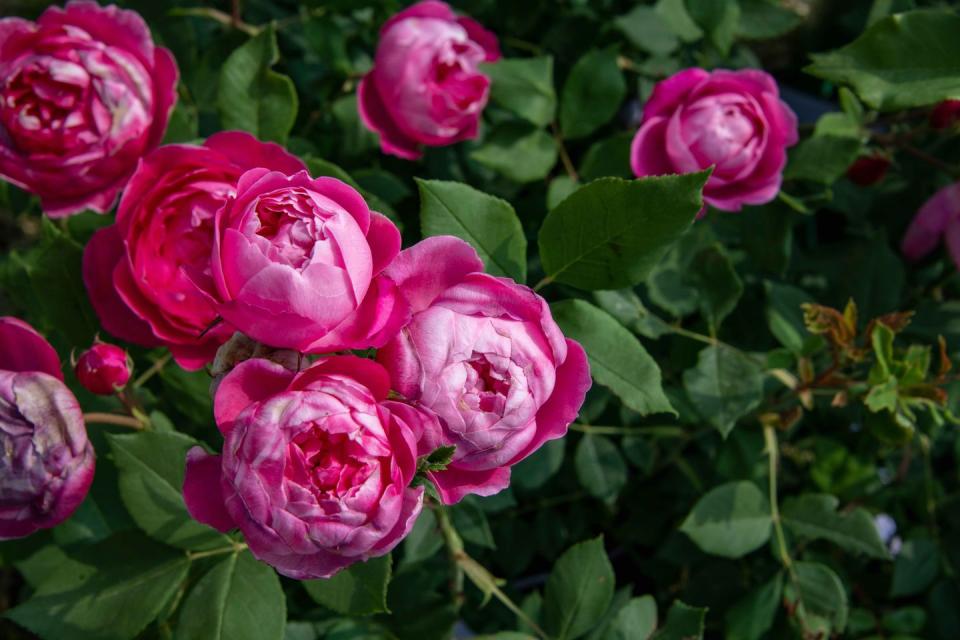
The Perfumer’s Garden revives this legacy. One of the guiding notions behind it was to create a place that evoked what those who lived at the palace saw and smelled, providing a sensory experience akin to time travel. “We had lost what Trianon was originally, which was a garden of scents,” says Baraton. “Though we had managed to bring back the appearance of what the gardens looked like, we had forgotten what people walking around in the old days would smell. Today, visitors can immerse themselves in those scents once again.” According to Proust, “When nothing is left of an ancient past… smell and flavor long remain, like souls.” Now, when you visit Versailles, you will have reason to agree.
You Might Also Like

